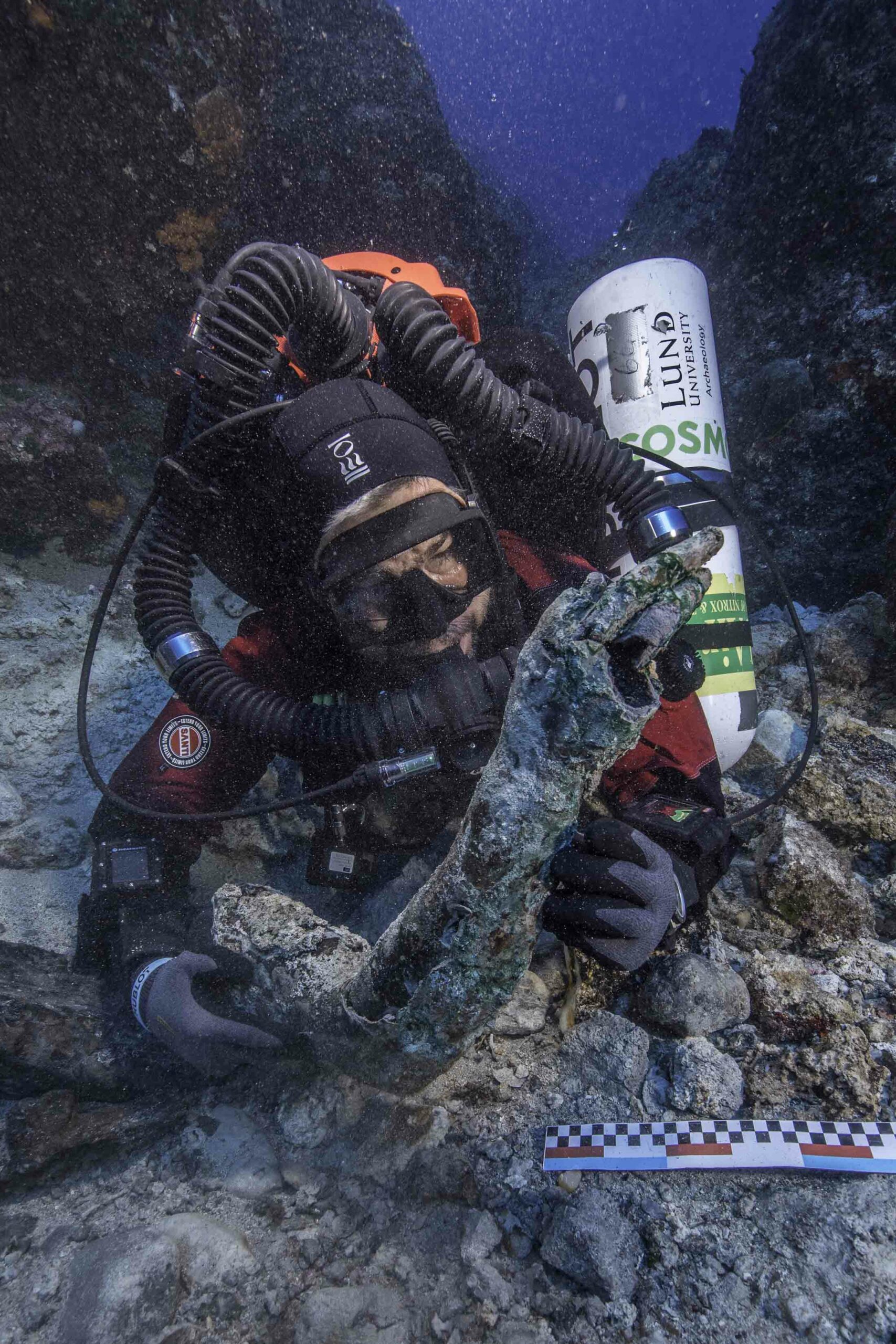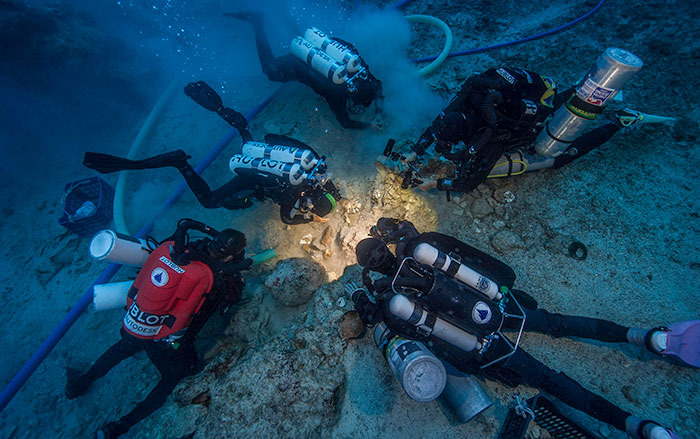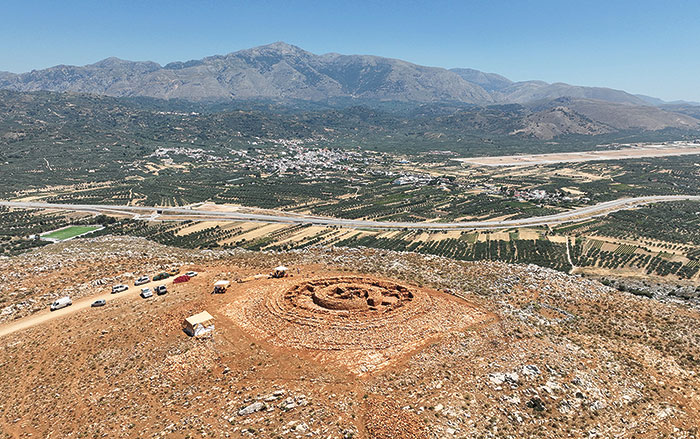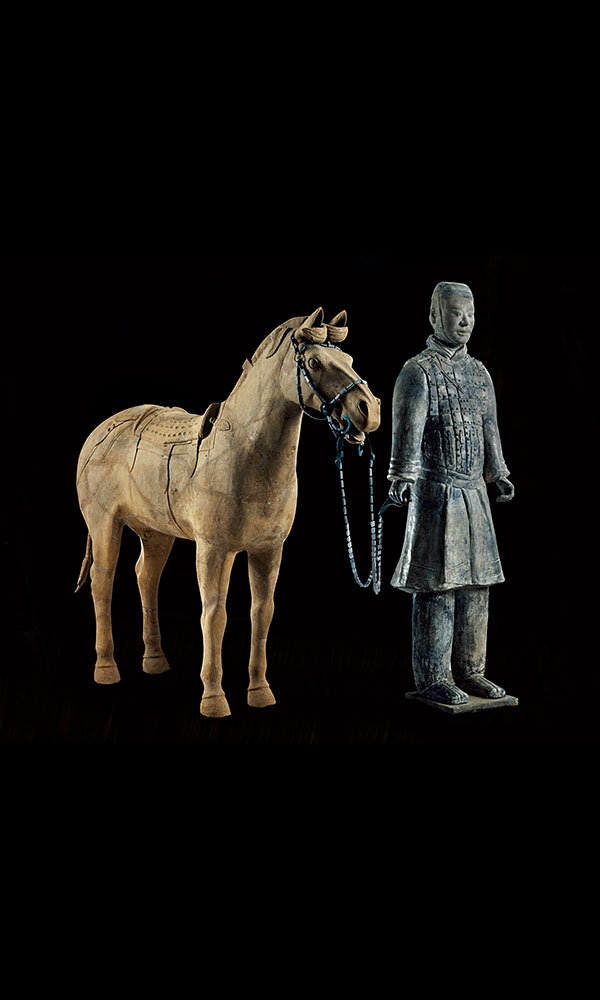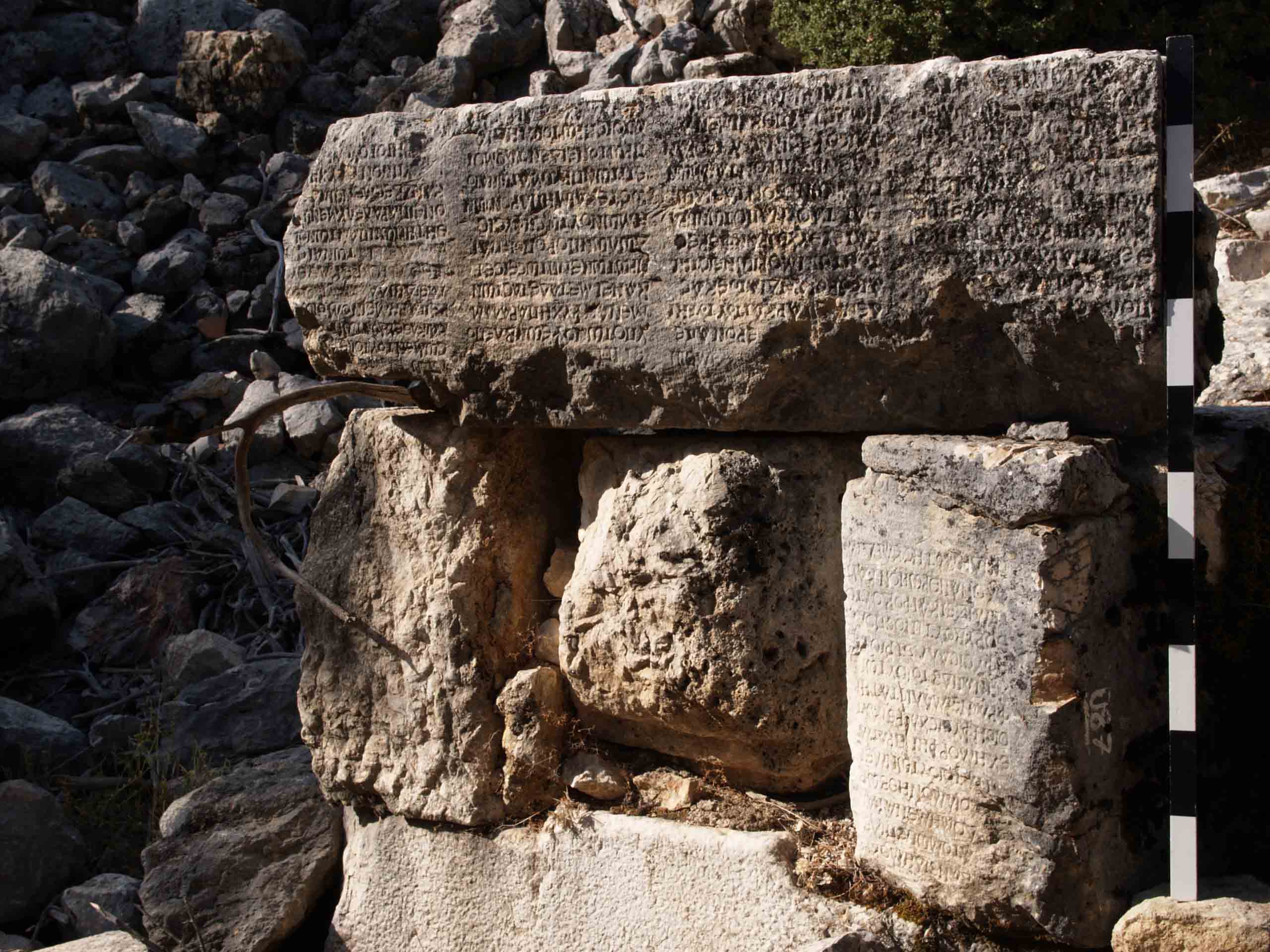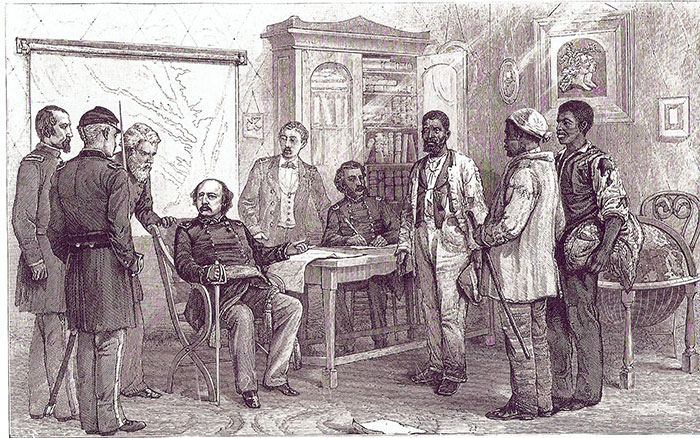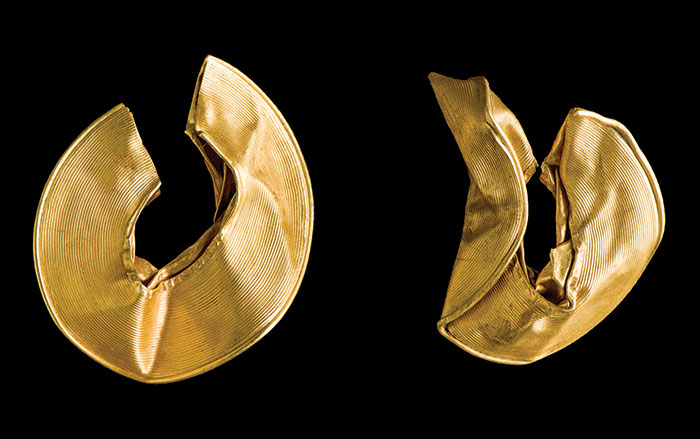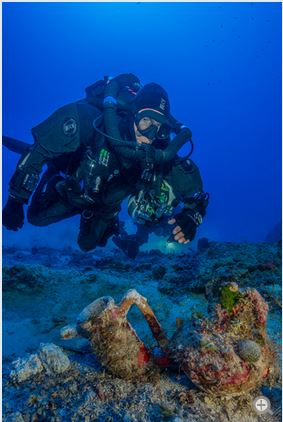
WOODS HOLE, MASSACHUSETTS—An international team of archaeologists and professional technical divers were able to spend 40 hours at the Antikythera shipwreck this year as part of the first-ever systematic excavation of the site. They recovered an intact amphora, a large lead salvage ring, two lead anchor stocks, fragments of lead hull sheathing, a small table jug, and a chiseled stone that may have been the base of a statuette. Nine carefully dug trenches yielded wooden remains of the hull of the ship, a piece of bronze furniture, part of a bone flute, a glass gaming piece, and bronze nails. “We were very lucky this year, as we excavated many finds within their context, which gave us the opportunity to take full advantage of all the archaeological information they could provide,” diving archaeologist Theotokis Theodoulou of the Greek Ephorate of Underwater Antiquities said in a Woods Hole Oceanographic Institution press release. The ship, which dates to 65 B.C., was discovered by sponge divers in 180 feet of water off the coast of the Aegean island of Antikythera in 1900. At the time, marble statues, bronze sculptures, and the mechanical device known as the Antikythera Mechanism were salvaged. To read about a working Lego model of that famous ancient device, go to "Artifact: Lego Antikythera Mechanism."


